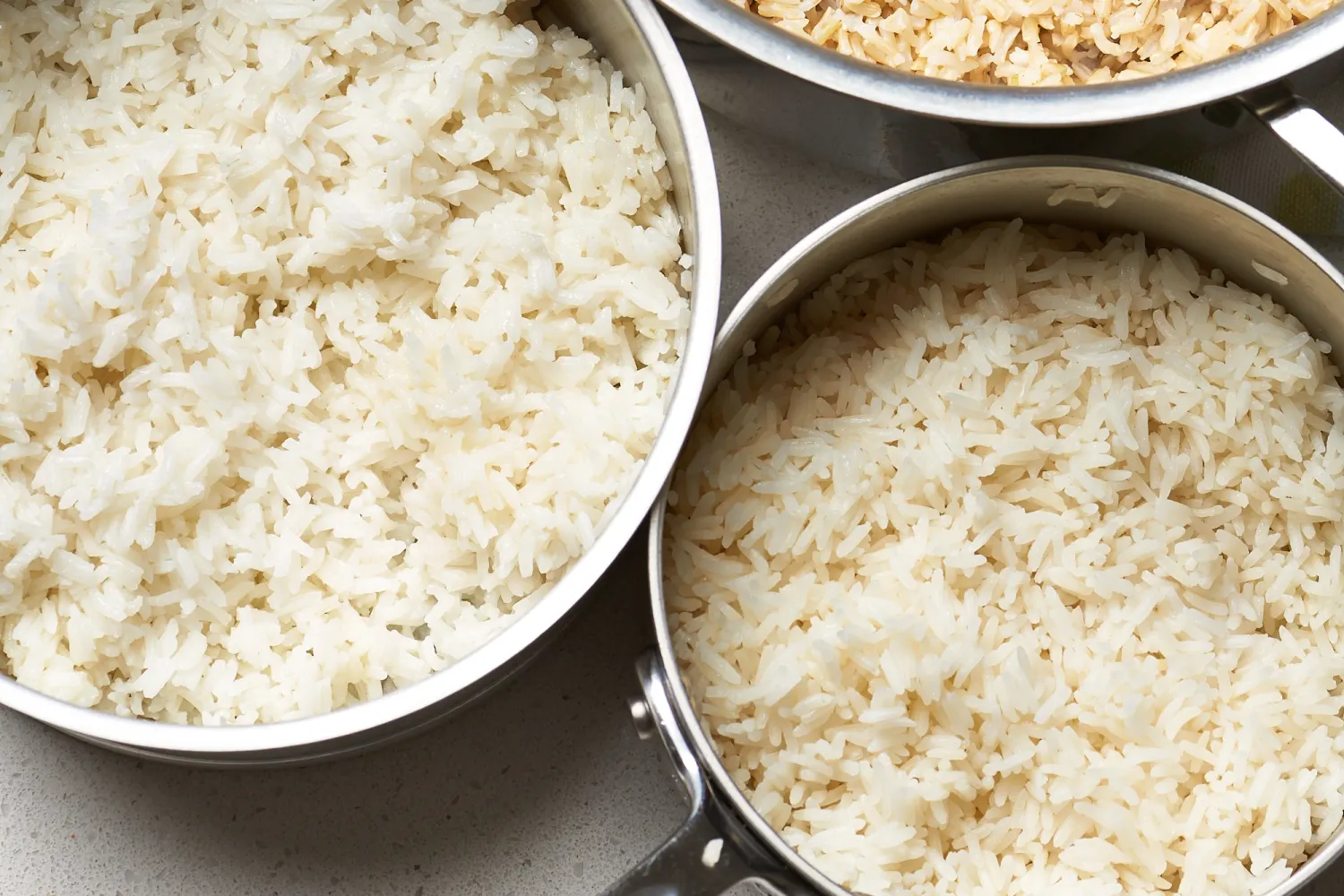

Articles
How To Fix Hard Rice In Rice Cooker
Modified: February 29, 2024
Learn how to fix hard rice in your rice cooker with these helpful articles.
(Many of the links in this article redirect to a specific reviewed product. Your purchase of these products through affiliate links helps to generate commission for Storables.com, at no extra cost. Learn more)
Introduction
Have you ever had the frustrating experience of cooking rice in a rice cooker, only to find that it turns out hard and uncooked? It’s a common problem that many people face, but the good news is that there are several methods you can try to fix this issue and achieve perfectly cooked rice every time.
There are several factors that can contribute to rice turning out hard in a rice cooker. One of the most common reasons is the rice-to-water ratio. If you don’t add enough water, the rice won’t have enough liquid to fully cook and will remain hard. Another reason could be the quality of the rice itself. Old or low-quality rice may not cook evenly or absorb water properly, resulting in hard grains.
In this article, we will explore various methods to fix hard rice in a rice cooker and help you achieve the fluffy, perfectly cooked rice you desire. Whether you prefer soaking the rice, adding more water, utilizing the “warm” setting, steaming the rice, or using the “sauté” function, we’ve got you covered with step-by-step instructions to troubleshoot the issue.
Remember, each rice cooker may have different settings and requirements, so it’s important to refer to your specific rice cooker’s user manual for optimal results. Now, let’s dive into the methods to fix hard rice in a rice cooker and reclaim your perfectly cooked rice!
Key Takeaways:
- Soaking the rice before cooking can help soften the grains and improve the texture of hard rice in a rice cooker, resulting in perfectly cooked and fluffy rice every time.
- Utilizing the “warm” setting, steaming the rice, or using the “sauté” function are effective methods to rescue hard rice in a rice cooker, ensuring a delicious and tender outcome.
Read more: How To Fix Wet Rice In Rice Cooker
Common Causes of Hard Rice in Rice Cooker
Before we jump into the methods to fix hard rice in a rice cooker, let’s take a closer look at some of the common causes behind this issue. Understanding these factors will help you troubleshoot the problem more effectively and prevent it from happening in the future.
- Insufficient water: One of the primary reasons for rice turning out hard is the lack of adequate water in the rice cooker. The rice needs enough liquid to properly cook and absorb the moisture. If you haven’t added enough water, the rice grains won’t soften and will remain hard.
- Incorrect rice-to-water ratio: Another common mistake is using the wrong rice-to-water ratio. Different types of rice require different amounts of water for optimum cooking. Using too little water or too much rice can result in hard, undercooked grains.
- Low-quality rice: The quality of the rice itself can play a significant role in the final outcome. Using old or low-quality rice can lead to uneven cooking and make it difficult for the grains to absorb water properly. This can result in a batch of hard rice in your rice cooker.
- Improper cooking time: Rice cookers typically come with preset cooking times for different types of rice. If you don’t adjust the cooking time properly or interrupt the cooking process too early, the rice may not fully cook and will remain hard.
- Incorrect rice cooker settings: Many rice cookers have multiple settings and functions, such as “quick cook,” “steaming,” or “sauté.” Using the wrong setting for a specific type of rice can lead to undercooked or hard rice. It’s important to familiarize yourself with the appropriate settings for different types of rice.
By being aware of these common causes, you can take steps to avoid them and ensure that your rice cooker performs optimally, producing perfectly cooked rice every time. Now that we’ve covered the common causes, let’s move on to the methods you can use to fix hard rice in a rice cooker.
Steps to Fix Hard Rice in Rice Cooker
If you’ve encountered the issue of hard rice in your rice cooker, don’t worry. There are several methods you can try to salvage the rice and achieve the desired fluffy texture. Let’s explore each of these methods step by step:
Method 1: Soaking the Rice
Begin by transferring the hard rice from the rice cooker to a bowl. Rinse it under cold water to remove any excess starch. Then, fill the bowl with enough water to cover the rice completely. Let it soak for about 15-30 minutes. Soaking the rice will help soften the grains and improve the cooking process. After soaking, drain the water and return the rice to the rice cooker. Add the appropriate amount of water based on the rice-to-water ratio for the type of rice you’re using, and cook it again using the regular rice cooking function.
Method 2: Adding More Water
If you suspect that the rice didn’t have enough water during the initial cooking process, you can try adding more water to the rice cooker. Transfer the hard rice to a bowl and rinse it under cold water. Add a little more water than what was originally used and return the rice to the rice cooker. Cook it again using the regular rice cooking function. The additional water should help the rice absorb more moisture and cook properly.
Read more: How To Fix Water Stain On Ceiling
Method 3: Using the “Warm” Setting
If your rice cooker has a “warm” setting, this method can be useful. Take out the hard rice from the rice cooker and transfer it to a heatproof container. Add a small amount of water or chicken/vegetable broth to the container, enough to moisten the rice. Cover the container tightly and place it in the rice cooker. Set the rice cooker to the “warm” setting and let it sit for about 20-30 minutes. The residual heat in the rice cooker will gently steam the rice, allowing it to soften and become fluffy.
Method 4: Steaming the Rice
If your rice cooker has a steaming basket or tray, you can try steaming the hard rice to soften it. Transfer the rice to the steaming basket/tray and place it inside the rice cooker. Add water to the rice cooker’s main pot, making sure it doesn’t touch the rice in the steaming basket. Turn on the rice cooker and steam the rice for about 10-15 minutes. The steam will help soften the grains, giving you perfectly cooked rice.
Method 5: Using the “Sauté” Function
For rice cookers with a “sauté” or “browning” function, this method can be effective. Transfer the hard rice to the rice cooker’s inner pot and turn on the “sauté” mode. Add a little oil or butter to the pot and stir-fry the rice for a minute or two. Then, add the appropriate amount of water based on the rice-to-water ratio for the type of rice you’re using. Change the setting to the regular rice cooking function and let it cook until the rice becomes soft and fluffy.
Remember, it’s important to adjust the cooking time and water quantity based on your specific rice cooker and the type of rice you’re using. Don’t be afraid to experiment and make adjustments to find the perfect balance for your desired rice texture.
By following these steps, you can rescue your hard rice and transform it into a delicious and fluffy accompaniment to your meals. Now that you know these methods, you can confidently tackle the issue of hard rice in your rice cooker and enjoy perfectly cooked rice every time.
Method 1: Soaking the Rice
Soaking the rice is one effective method to fix hard rice in your rice cooker. This technique helps to soften the grains and improve the cooking process. Follow these steps to successfully soak and cook your rice:
- Transfer the rice: Start by transferring the hard rice from the rice cooker to a bowl. This will allow you to work with the rice more easily.
- Rinse the rice: Rinse the rice under cold water to remove any excess starch. Swirl the rice around gently with your fingers while rinsing to ensure all grains are thoroughly rinsed. This step helps to remove any impurities and helps the rice cook more evenly.
- Soak the rice: Fill the bowl with enough water to completely cover the rice. Let the rice soak for about 15-30 minutes. Soaking the rice helps to break down the outer layer and soften the grains. It also reduces the cooking time and improves the overall texture of the rice.
- Drain the water: After soaking, carefully drain the water from the bowl. You can use a fine mesh sieve or simply tilt the bowl to pour out the water. It’s important to remove the excess water to ensure the rice cooks properly.
- Return the rice to the rice cooker: Once the water is drained, transfer the soaked rice back into the rice cooker. Make sure to level the rice evenly in the cooker for even cooking.
- Add water: Add the appropriate amount of water to the rice cooker based on the recommended rice-to-water ratio for the specific type of rice you’re using. Refer to the instructions for your rice cooker or consult a reliable source for the correct ratio.
- Cook the rice: Close the rice cooker lid and start the cooking process. Follow the regular rice cooking function or the recommended setting for the type of rice you’re using. Allow the rice to cook until the rice cooker indicates that it’s done.
- Let it rest: Once the rice cooker completes its cooking cycle, let the rice rest for a few minutes. This resting period allows the steam to distribute evenly throughout the rice, resulting in a fluffy and perfectly cooked texture.
- Fluff the rice: Finally, use a fork or a rice paddle to fluff the rice gently. This helps to separate the individual grains and release any excess moisture. Serve the rice immediately while it’s still hot and enjoy!
Soaking the rice before cooking can significantly improve its texture and make it easier to achieve perfectly cooked rice. By following these steps, you can fix hard rice in your rice cooker and enjoy fluffy and delicious rice with your meals.
Method 2: Adding More Water
Another method to fix hard rice in your rice cooker is to add more water. This approach helps to provide the rice with the necessary moisture to cook properly and soften the grains. Follow these steps to effectively add more water and rescue your hard rice:
- Transfer the rice: Begin by transferring the hard rice from the rice cooker to a bowl. This will allow you to work with the rice more easily.
- Rinse the rice: Rinse the rice under cold water to remove any excess starch. Gently swirl the rice around with your fingers to ensure all grains are thoroughly rinsed. Rinsing the rice helps to remove impurities and improve the overall texture of the cooked rice.
- Add more water: After rinsing, add a little more water to the rice cooker compared to what was originally used. The exact amount of additional water may vary depending on the type and quantity of rice. It’s important to add enough water to provide sufficient moisture for the rice to fully cook.
- Return the rice to the rice cooker: Once you’ve added the extra water, transfer the rinsed rice back into the rice cooker. Make sure the rice is evenly distributed in the cooker for even cooking.
- Restart the cooking process: Close the rice cooker lid and start the cooking process. Use the regular rice cooking function or follow the recommended setting for the type of rice you’re using. Allow the rice to cook until the rice cooker indicates that it’s done.
- Let it rest: After the cooking cycle finishes, let the rice rest for a few minutes inside the rice cooker. This allows the steam to distribute evenly and helps to further soften the grains.
- Fluff the rice: Once the resting period is complete, use a fork or a rice paddle to gently fluff the rice. This helps to separate the grains and release any excess moisture. Fluffing the rice also improves its texture and prevents clumping.
- Serve and enjoy: Serve the rice immediately while it’s still hot and enjoy its improved texture and taste. The additional water should have helped to fully cook the rice, resulting in fluffy and delicious grains.
By following these steps and adding more water to your rice cooker, you can revive hard rice and achieve perfectly cooked rice that is soft and tender. Remember to adjust the water quantity based on the type and quantity of rice you’re using to ensure optimal results.
Method 3: Using the “Warm” Setting
If your rice cooker has a “warm” setting, you can utilize this function to fix hard rice and achieve a softer texture. The residual heat from the rice cooker will gently steam the rice and help it to soften. Follow these steps to effectively use the “warm” setting:
- Transfer the rice: Begin by removing the hard rice from the rice cooker and transferring it to a heatproof container. This will allow you to work with the rice more easily.
- Add liquid: Add a small amount of water or chicken/vegetable broth to the container with the rice. The liquid should be enough to moisten the rice without submerging it completely.
- Cover the container: Tightly cover the container with a lid or use aluminum foil to create a seal. This will help to retain the moisture and create a steaming environment for the rice.
- Place in the rice cooker: Transfer the covered container with the rice back into the rice cooker. Make sure it is securely placed inside the cooker.
- Set to “Warm”: Set the rice cooker to the “warm” setting. This will activate the residual heat in the cooker, which will gently steam the rice and help to soften the grains.
- Let it sit: Allow the rice to sit in the rice cooker on the “warm” setting for about 20-30 minutes. This gives enough time for the rice to absorb the moisture and become softer.
- Check for desired texture: After the rest period, carefully check the rice for the desired texture. If it is still too hard, you can repeat the process by adding a little more liquid and continuing to use the “warm” setting until the desired result is achieved.
- Fluff the rice: Once the rice has reached the desired texture, use a fork or a rice paddle to gently fluff it. This will help to separate the grains and distribute moisture evenly.
- Serve and enjoy: Serve the rice immediately while it’s still warm and enjoy its soft and fluffy texture.
By taking advantage of the “warm” setting on your rice cooker, you can rescue hard rice and transform it into a soft and tender delight. This method is convenient and helps to ensure that the rice doesn’t overcook or become mushy. Experiment with the rest time and liquid quantity to find the right balance and achieve the desired texture for your rice.
Method 4: Steaming the Rice
If your rice cooker has a steaming basket or tray, you can use the steaming method to fix hard rice and achieve a softer texture. Steaming the rice provides gentle and even heat distribution, helping the grains to soften and cook more thoroughly. Follow these steps to effectively steam the rice:
- Transfer the rice: Start by transferring the hard rice from the rice cooker to the steaming basket or tray. This will allow the steam to penetrate the rice and soften the grains more effectively.
- Add water to the rice cooker: Fill the main pot of the rice cooker with water. Make sure not to fill it too high so that it doesn’t touch the rice in the steaming basket. The water will generate steam to cook the rice.
- Place the steaming basket: Place the steaming basket or tray with the rice into the rice cooker. It should be placed directly above the water in the pot, allowing the steam to rise up and cook the rice.
- Close the rice cooker lid: Close the lid of the rice cooker to create a sealed cooking environment. This will help to retain the steam and ensure even cooking.
- Start the steaming process: Turn on the rice cooker and select the steaming function, if available. Otherwise, the regular cooking function can be used, as long as the lid remains closed to trap the steam.
- Steam the rice: Allow the rice to steam for about 10-15 minutes, or until it reaches the desired texture. The steam will help to soften the grains and improve the overall consistency of the rice.
- Check for doneness: After the steaming time is up, carefully open the lid of the rice cooker and check the rice for doneness. If it’s still too hard, you can continue steaming for a few more minutes until it reaches the desired softness.
- Fluff the rice: Once the rice is done steaming, use a fork or a rice paddle to gently fluff the rice. This will separate the grains and release any excess moisture, resulting in a lighter and fluffier texture.
- Serve and enjoy: Serve the rice immediately while it’s still warm and enjoy its soft and fluffy texture.
By steaming the rice in your rice cooker, you can rescue hard rice and achieve a softer and more evenly cooked result. This method is excellent for ensuring that the rice grains are tender and have the right consistency. Adjust the steaming time based on your preference and the type of rice you’re using to achieve perfect results.
Add a little bit of water to the hard rice in the rice cooker, then fluff it with a fork. Close the lid and let it sit for a few minutes to steam and soften.
Method 5: Using the “Sauté” Function
If your rice cooker has a “sauté” or “browning” function, you can utilize this feature to fix hard rice and achieve a softer texture. The “sauté” function allows you to stir-fry the rice before adding water, which helps to break down the grains and facilitate even cooking. Follow these steps to effectively use the “sauté” function:
- Transfer the rice: Begin by transferring the hard rice from the rice cooker to the rice cooker’s inner pot. This will allow you to work with the rice more easily.
- Turn on the “sauté” mode: Turn on the “sauté” or “browning” mode on your rice cooker. This will heat up the inner pot and allow you to stir-fry the rice.
- Add oil or butter: Once the pot is heated, add a small amount of oil or butter to the inner pot. This will prevent the rice from sticking to the pot and add flavor as well.
- Stir-fry the rice: Stir-fry the rice in the oil or butter for about a minute or two. Use a spatula or wooden spoon to ensure that all the rice grains are coated and evenly heated. Stir-frying the rice before adding water helps to break down the outer layer of the grains and improve the overall texture.
- Add water: After stir-frying, add the appropriate amount of water to the inner pot based on the recommended rice-to-water ratio for the specific type of rice you’re using. Refer to the instructions for your rice cooker or consult a reliable source for the correct ratio.
- Change the setting: Once the water is added, change the setting from “sauté” to the regular rice cooking function on the rice cooker. This will allow the rice to cook in the water and absorb the necessary moisture.
- Cook the rice: Close the rice cooker lid and start the cooking process. Follow the regular cooking time for the type of rice you’re using or the recommended time for the rice cooker’s default setting. Allow the rice to cook until the rice cooker signals that it’s done.
- Let it rest: Once the cooking cycle finishes, let the rice sit in the rice cooker for a few minutes. This resting period allows the steam to distribute evenly and helps to further soften the grains.
- Fluff the rice: After the resting period, use a fork or a rice paddle to gently fluff the rice. This will help to separate the grains and release any excess moisture. Fluffing the rice ensures a light and fluffy texture.
- Serve and enjoy: Serve the rice immediately while it’s still warm and enjoy its improved texture and flavor.
By utilizing the “sauté” function on your rice cooker, you can rescue hard rice and enhance its texture and taste. Stir-frying the rice before cooking helps to break down the grains and improve the cooking process. Experiment with the amount of oil or butter for different flavors and adjust the cooking time based on your preference and the type of rice you’re using.
Conclusion
Cooking rice in a rice cooker should be a convenient and straightforward process, but sometimes you may encounter the problem of hard rice. Fortunately, there are several effective methods to fix hard rice in your rice cooker and achieve the fluffy and perfectly cooked rice you desire.
Firstly, you can try soaking the rice before cooking. This method helps to soften the grains by hydrating them, making them more receptive to cooking. Rinse the rice, soak it in water for 15-30 minutes, drain, and then return it to the rice cooker with the appropriate amount of water.
Another option is to add more water to the rice cooker. If the rice turned out hard due to insufficient water, adding a little more to the rice cooker can help the grains cook properly. Rinse the rice, add water, and cook it again using the regular rice cooking function.
If your rice cooker has a “warm” setting, utilize it to your advantage. Transfer the hard rice to a container, add a small amount of water or broth, cover tightly, and place it in the rice cooker on the “warm” setting. The residual heat will gently steam the rice, resulting in softer grains.
Steaming the rice is another method worth considering if your rice cooker has a steaming basket or tray. Place the hard rice in the steaming basket, add water to the rice cooker’s main pot, and steam the rice. The steam helps to soften the grains evenly, giving you improved texture.
If your rice cooker has a “sauté” or “browning” function, you can stir-fry the hard rice before adding water. This helps break down the outer layer of the grains, enhancing their cooking process. Stir-fry the rice, add water, and cook using the regular rice cooking function.
By following any of these methods, you can rescue hard rice and achieve the desired texture. Remember to adjust the water quantity, cooking time, and settings based on your rice cooker and the type of rice you’re using.
Now that you are armed with these techniques, you can confidently tackle the issue of hard rice in your rice cooker. Enjoy perfectly cooked rice with every meal, knowing that you have the skills to fix any cooking mishaps that may arise. Happy cooking!
Frequently Asked Questions about How To Fix Hard Rice In Rice Cooker
Was this page helpful?
At Storables.com, we guarantee accurate and reliable information. Our content, validated by Expert Board Contributors, is crafted following stringent Editorial Policies. We're committed to providing you with well-researched, expert-backed insights for all your informational needs.
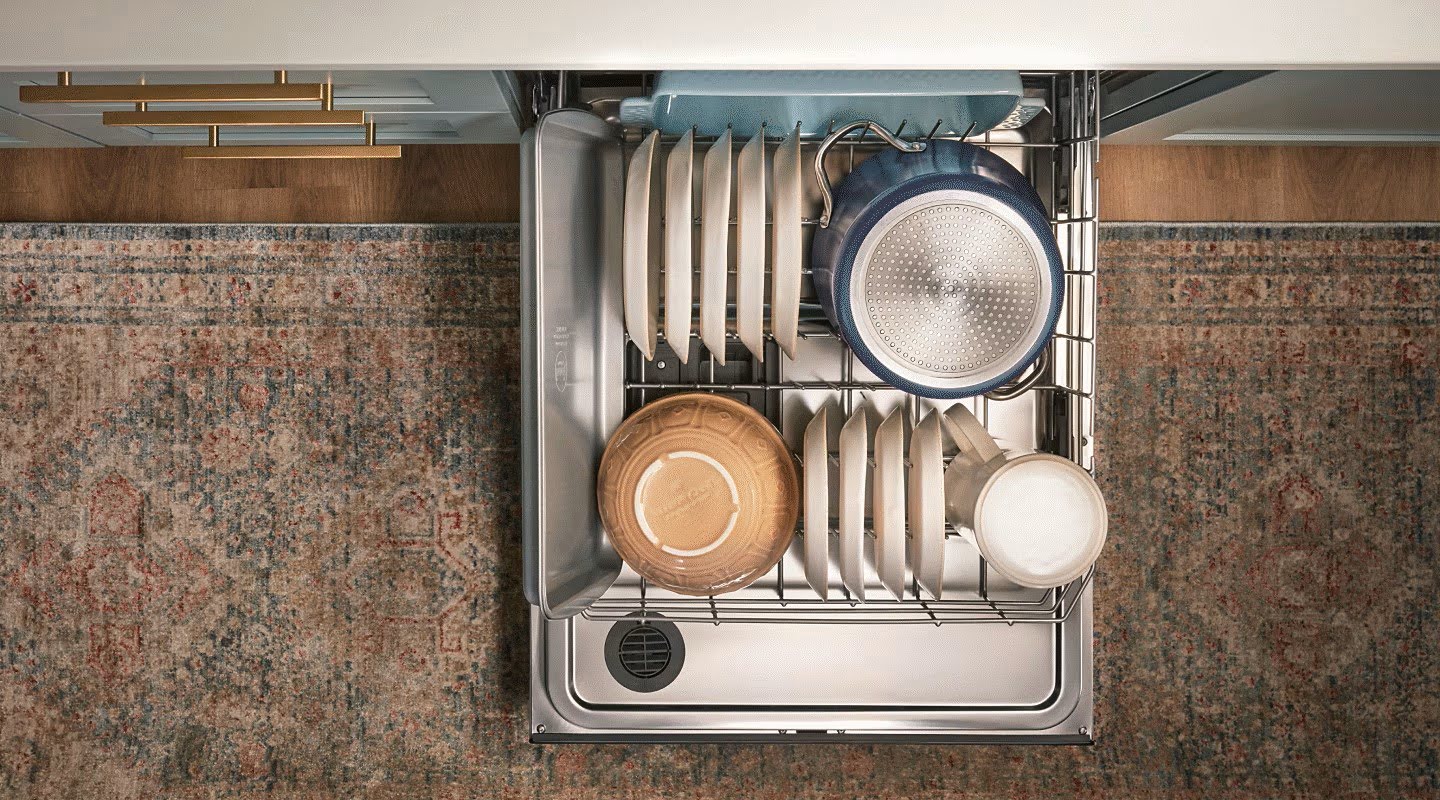
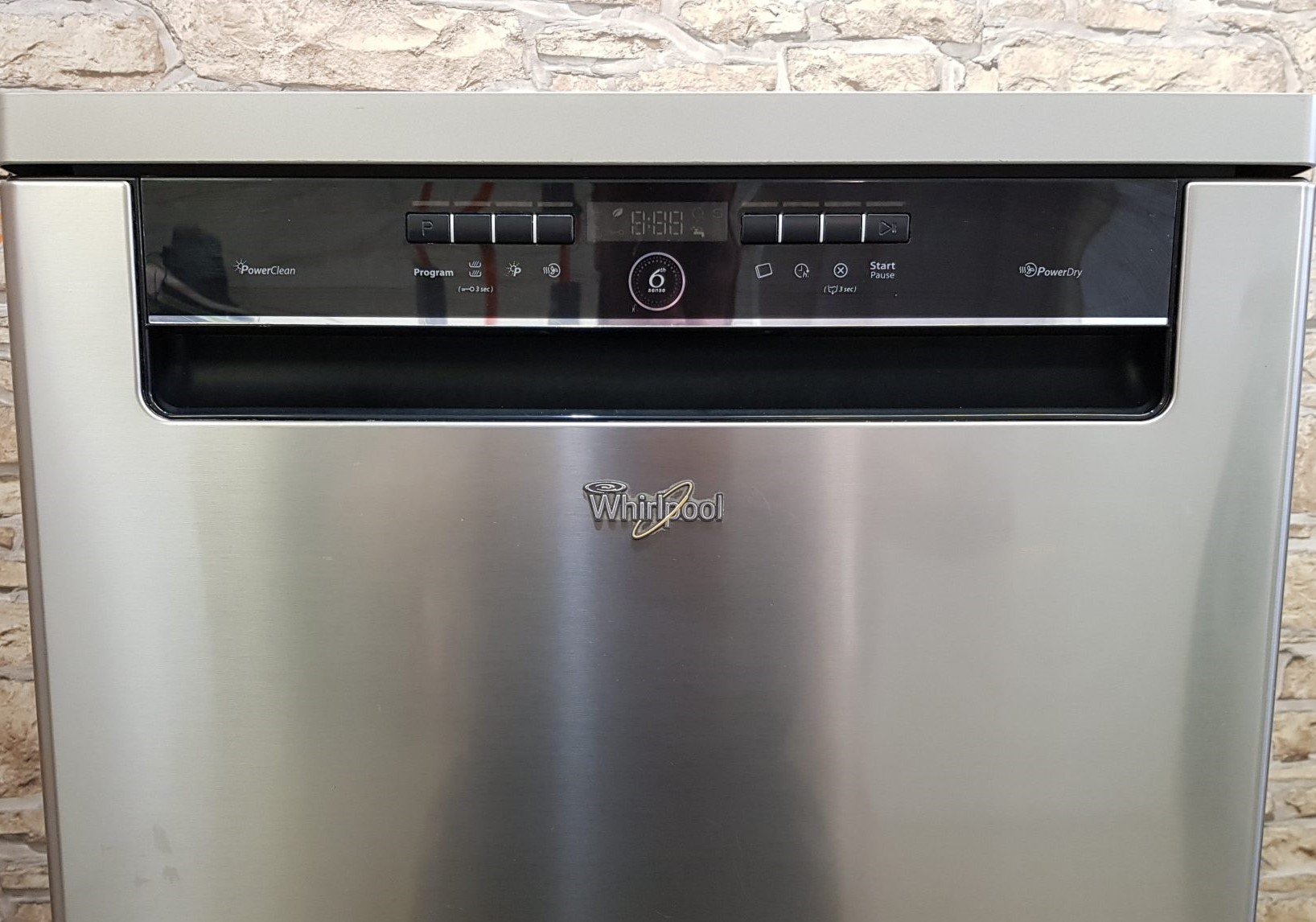
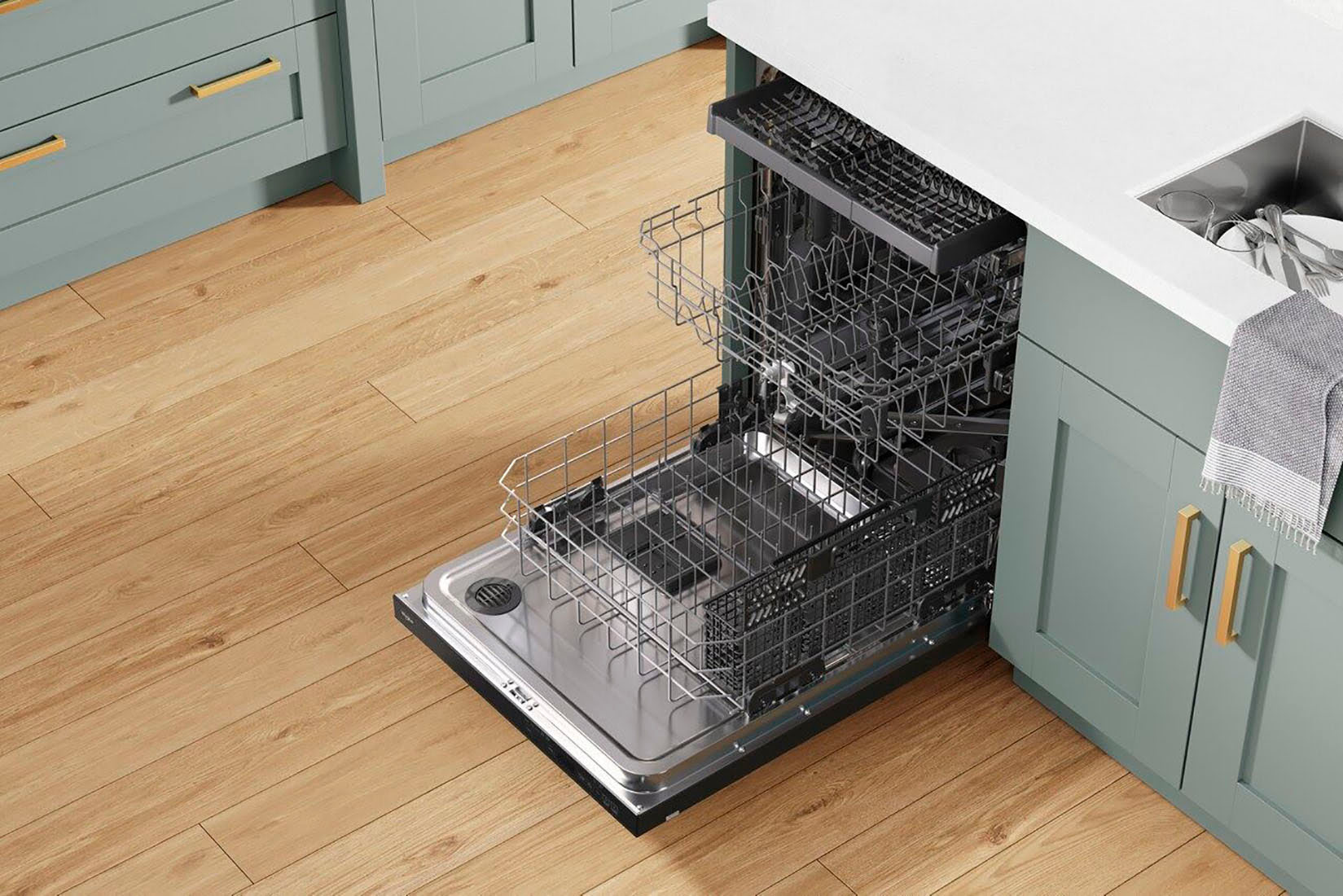
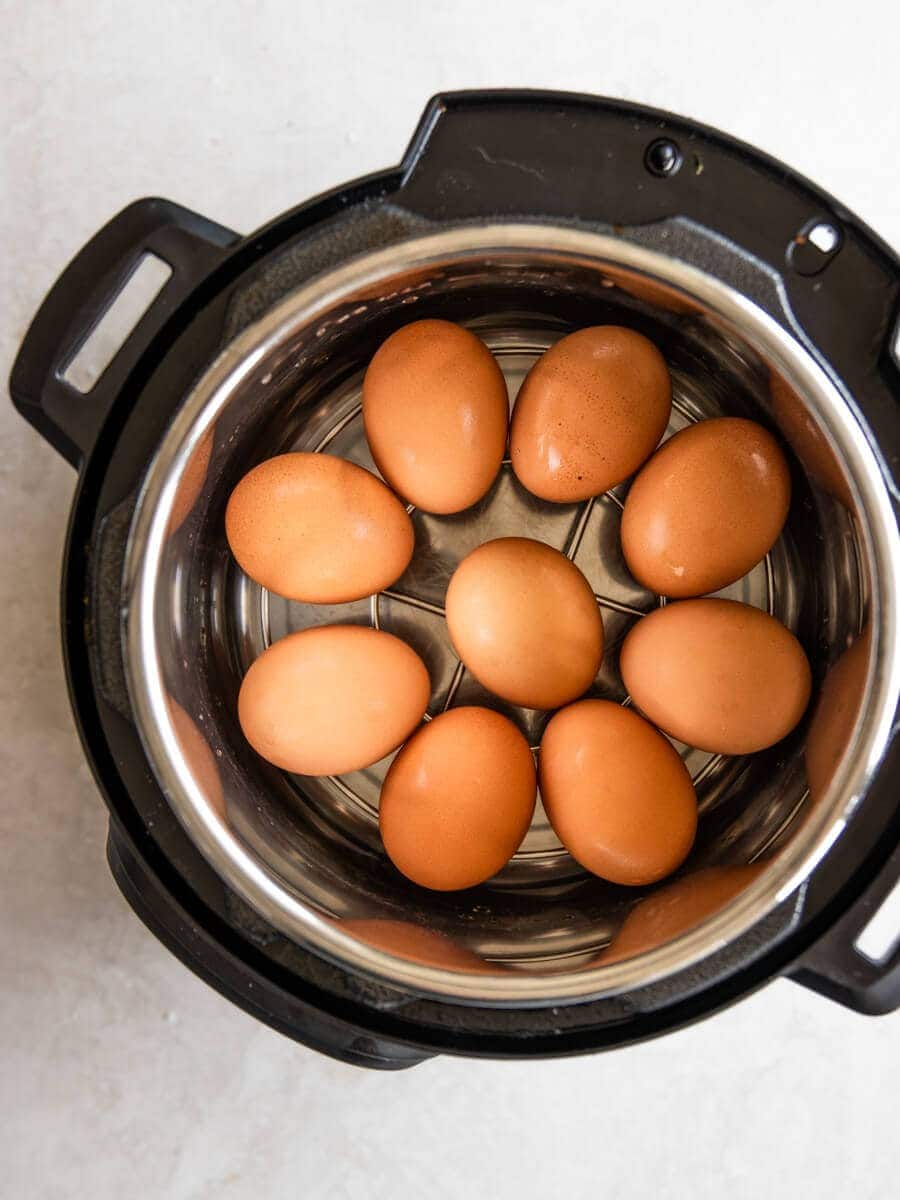
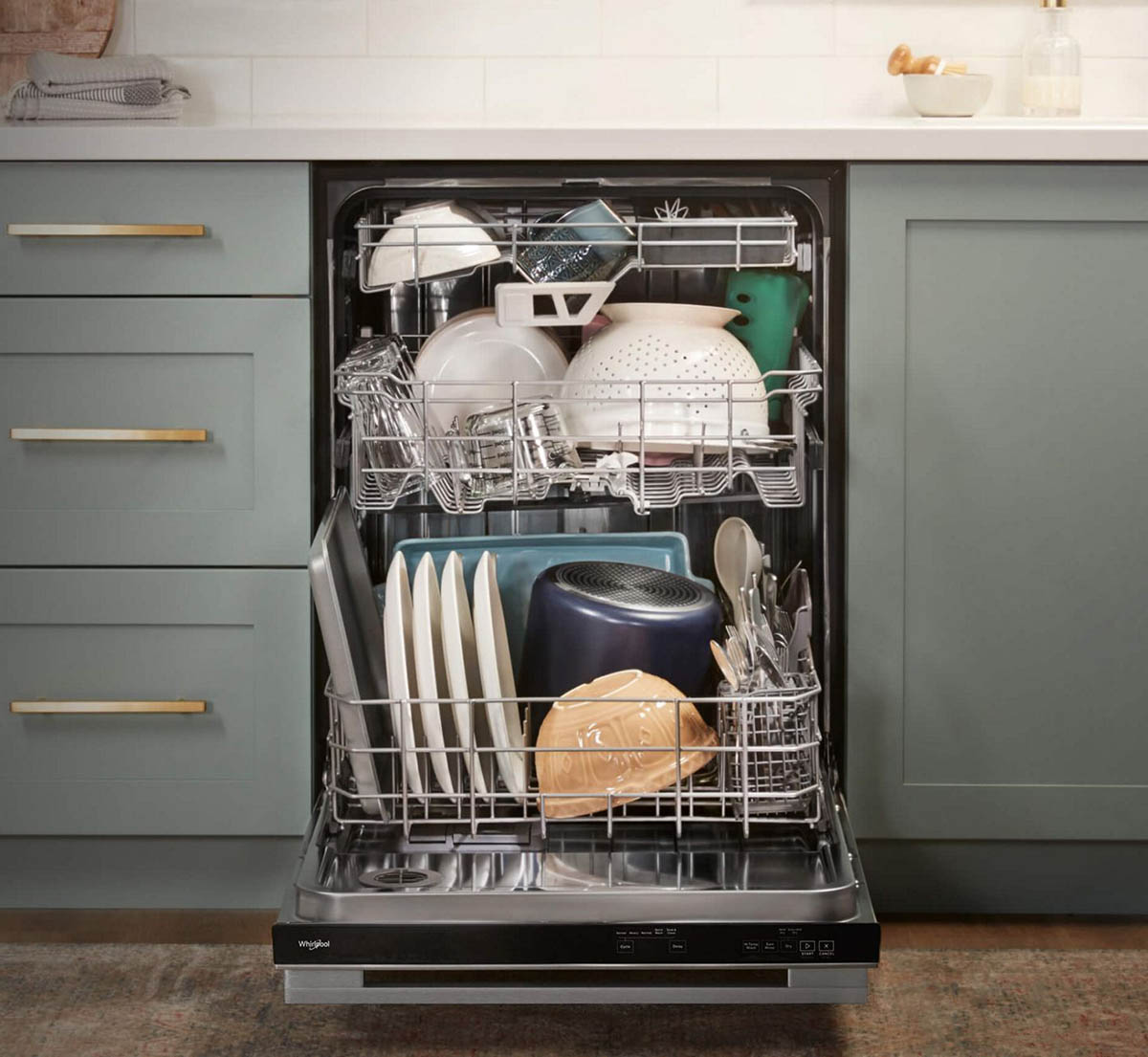
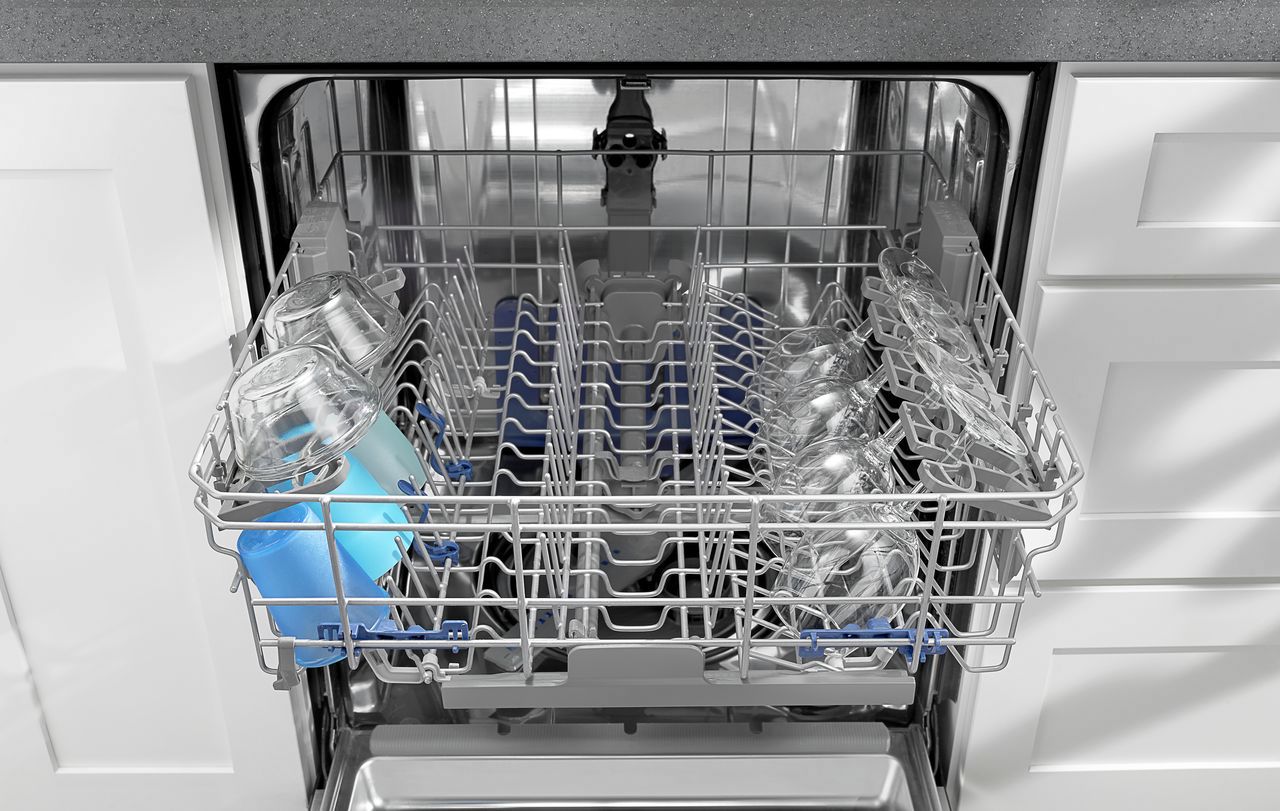
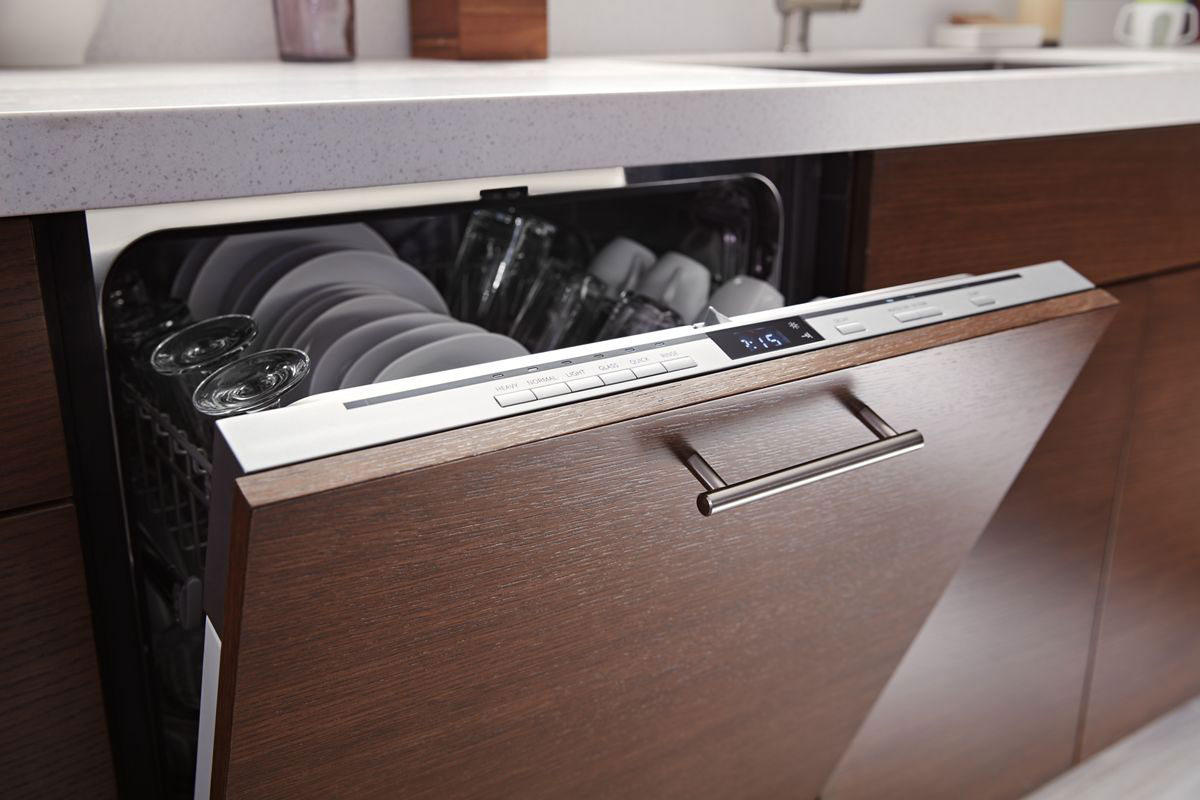
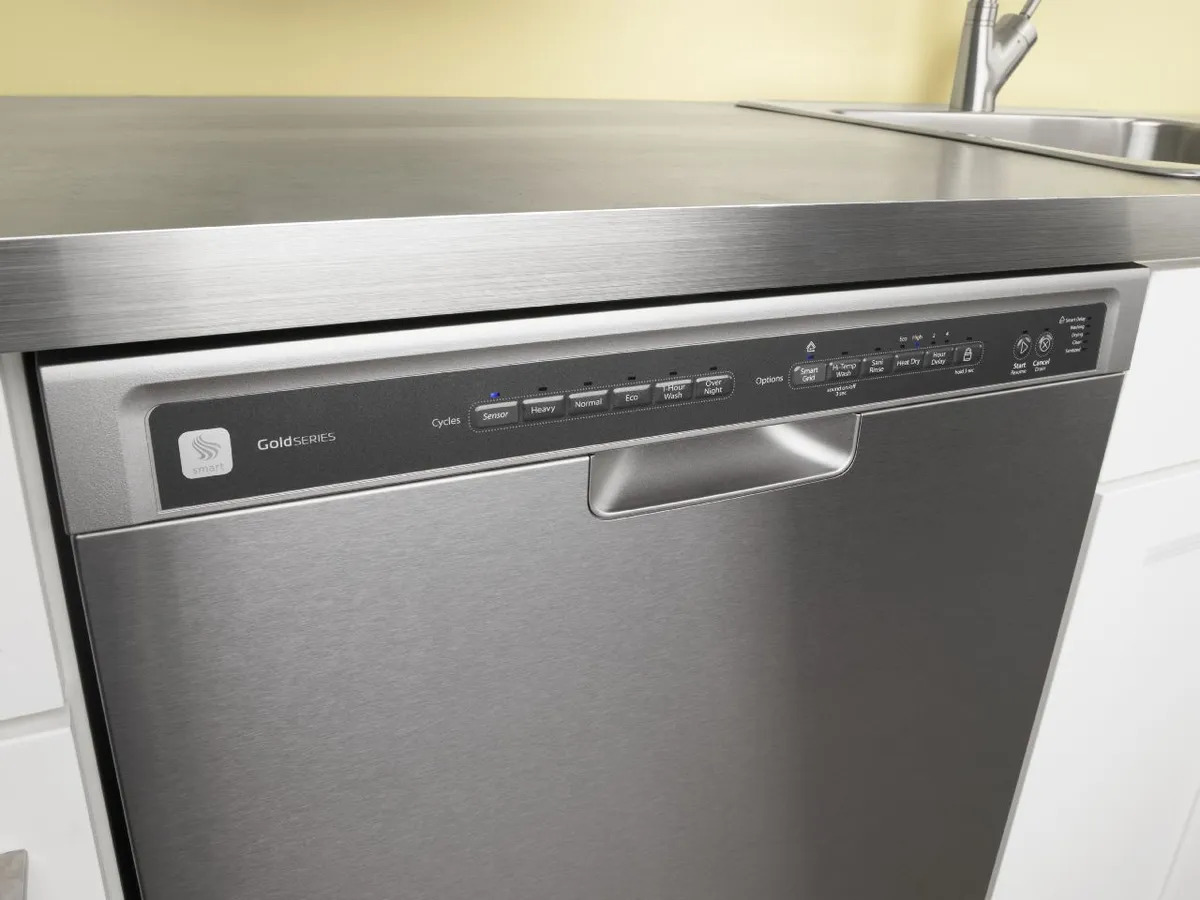
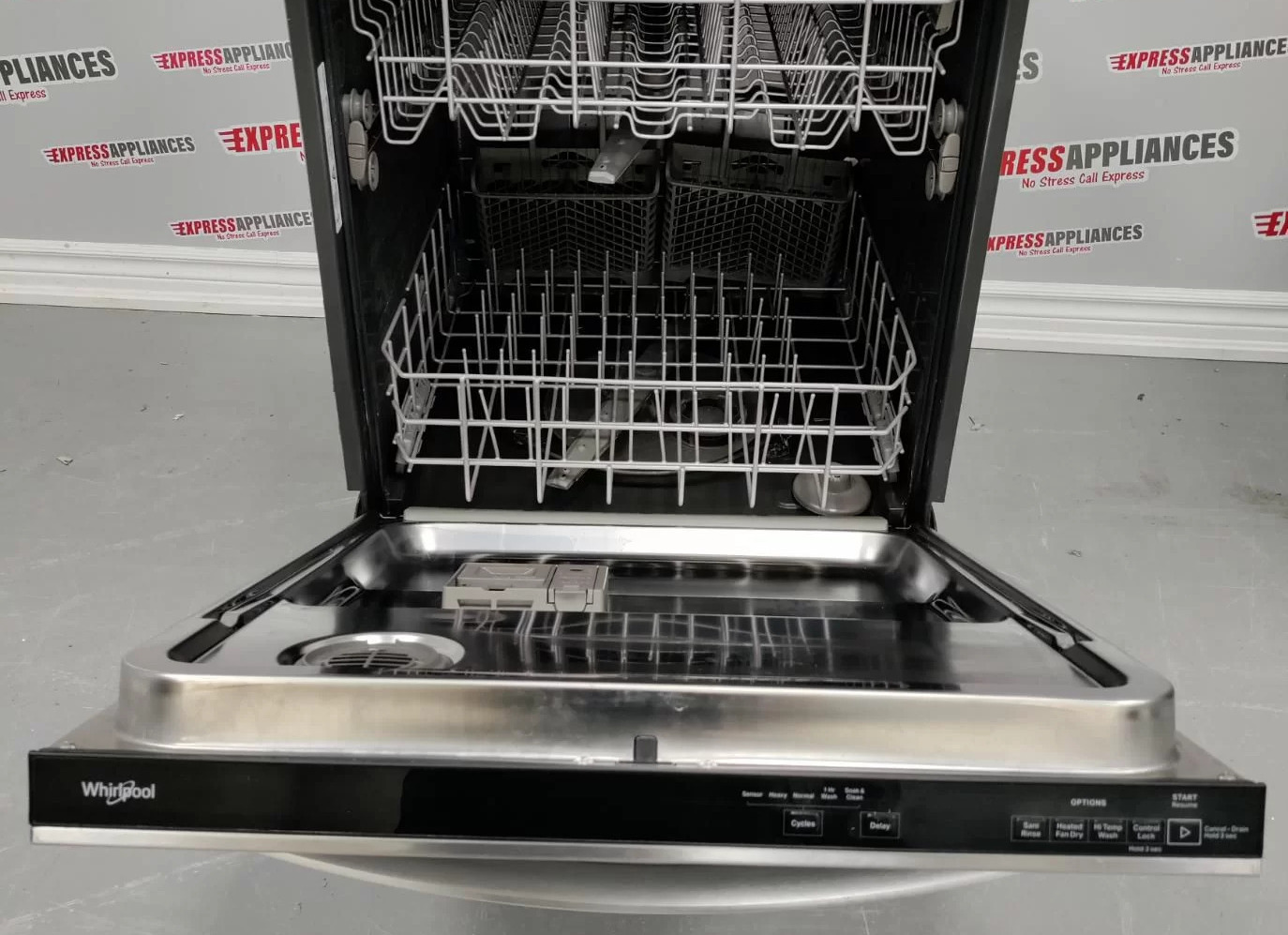
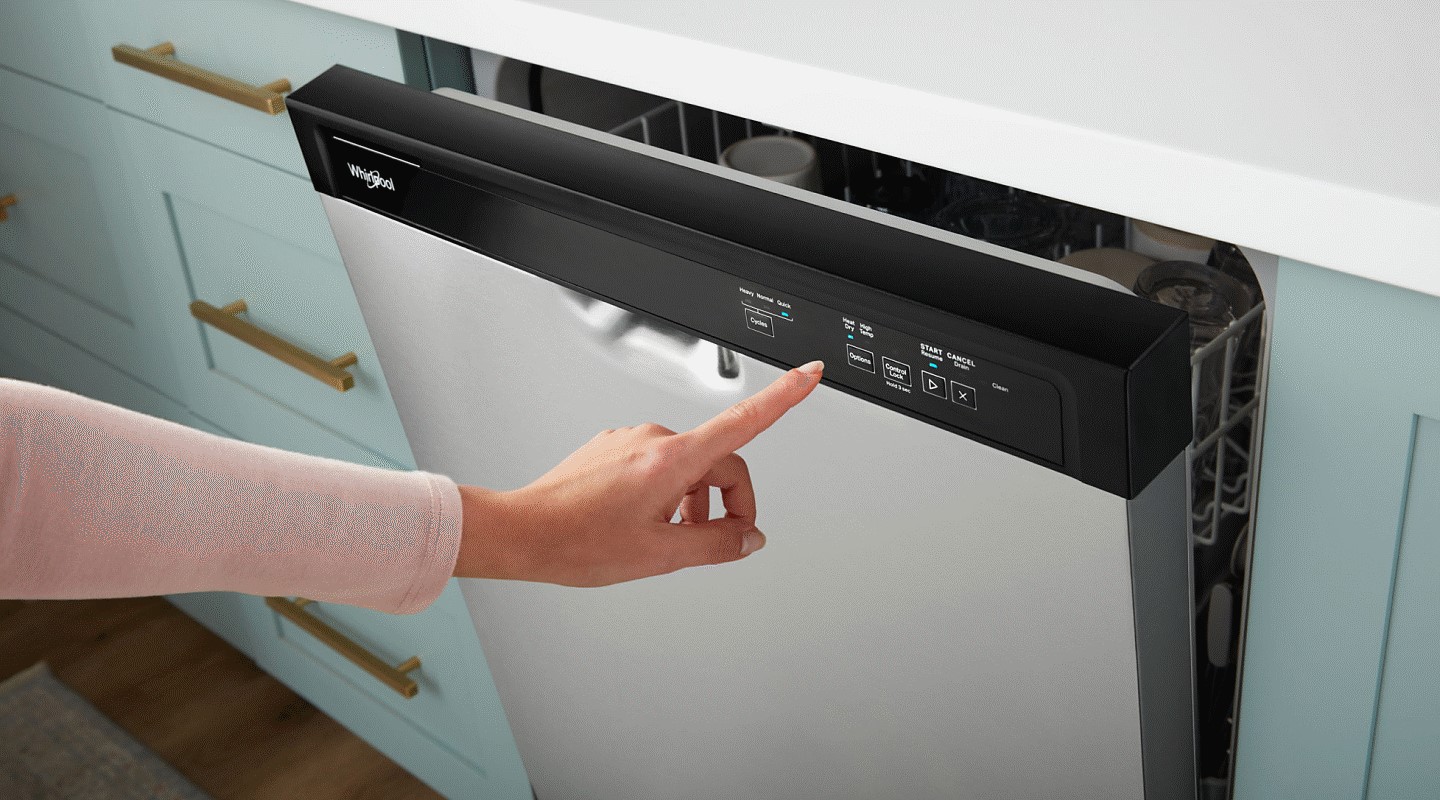
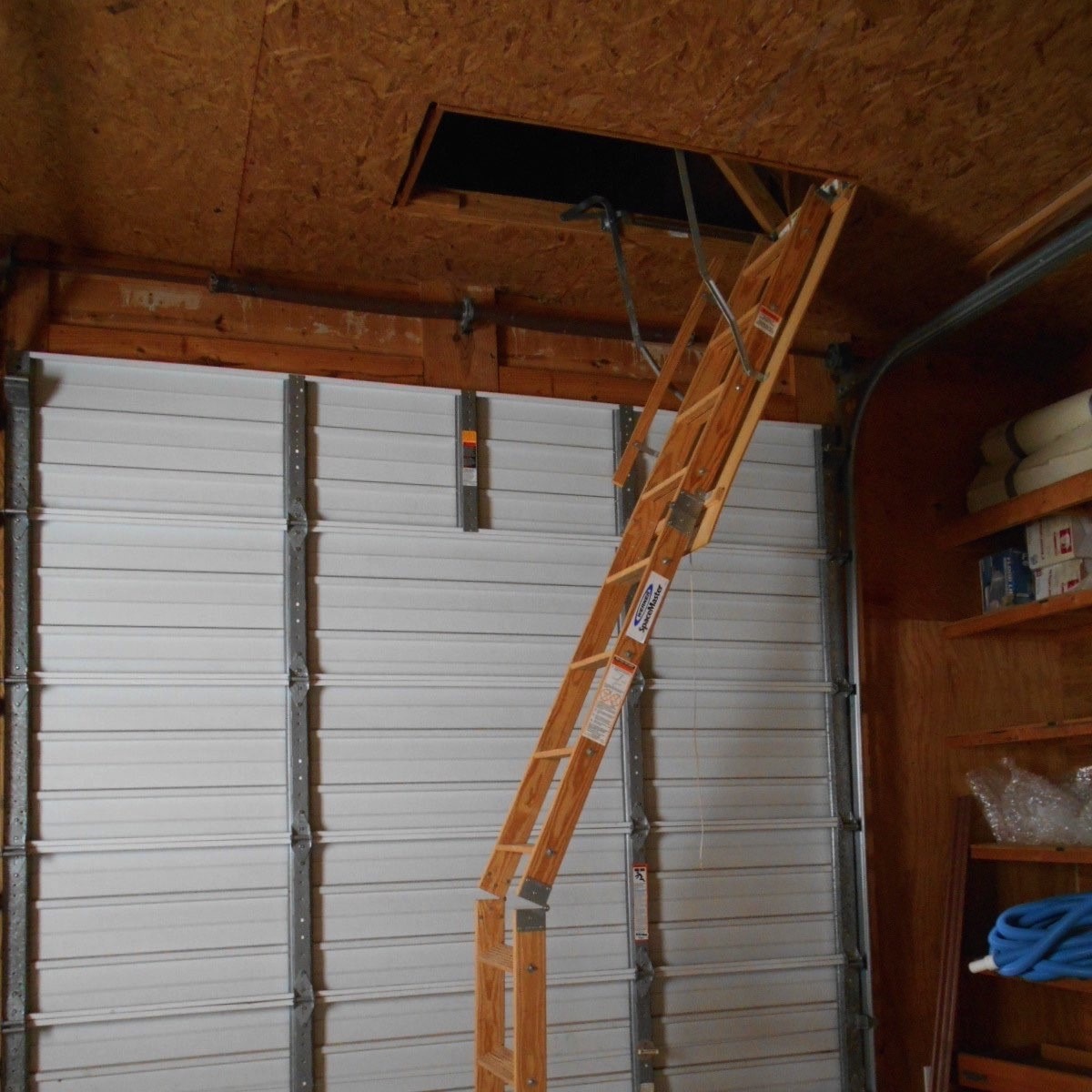
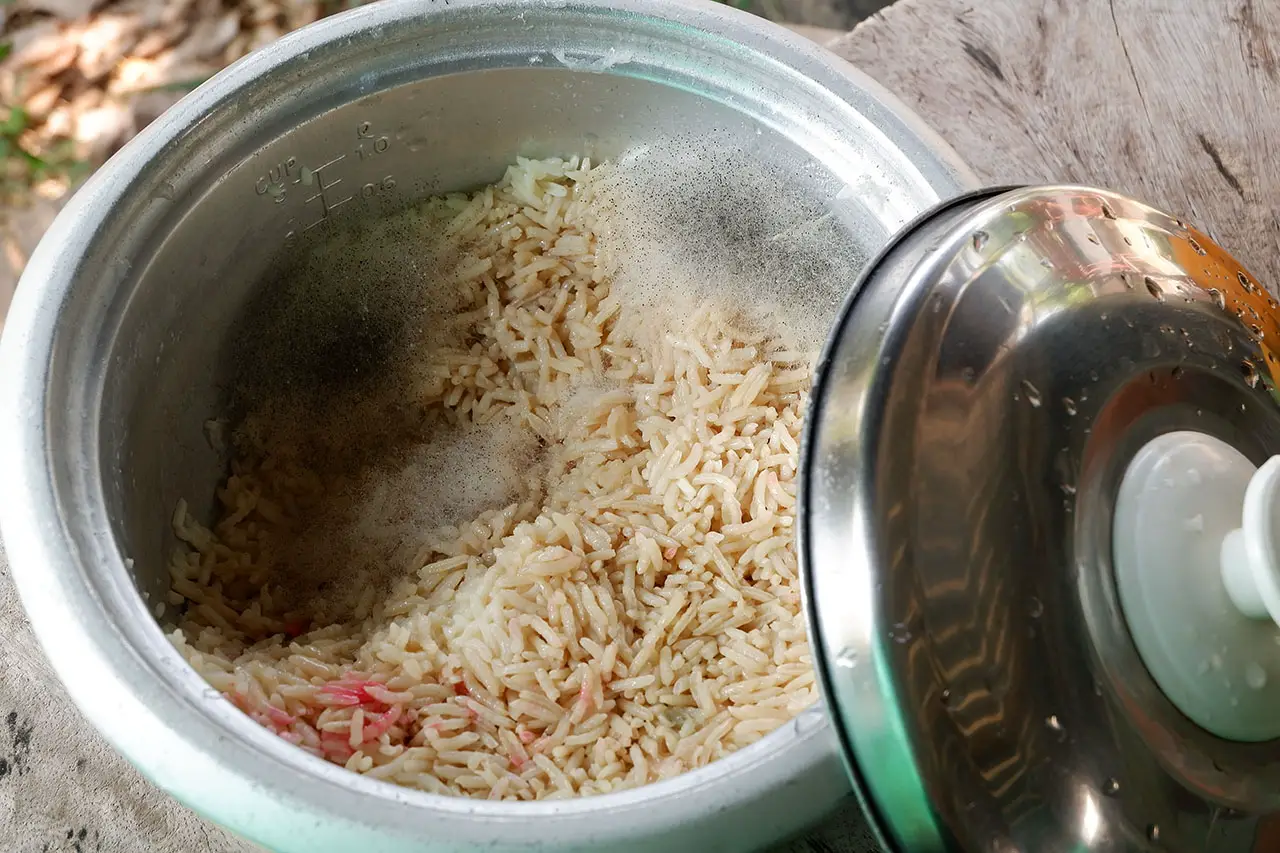

0 thoughts on “How To Fix Hard Rice In Rice Cooker”